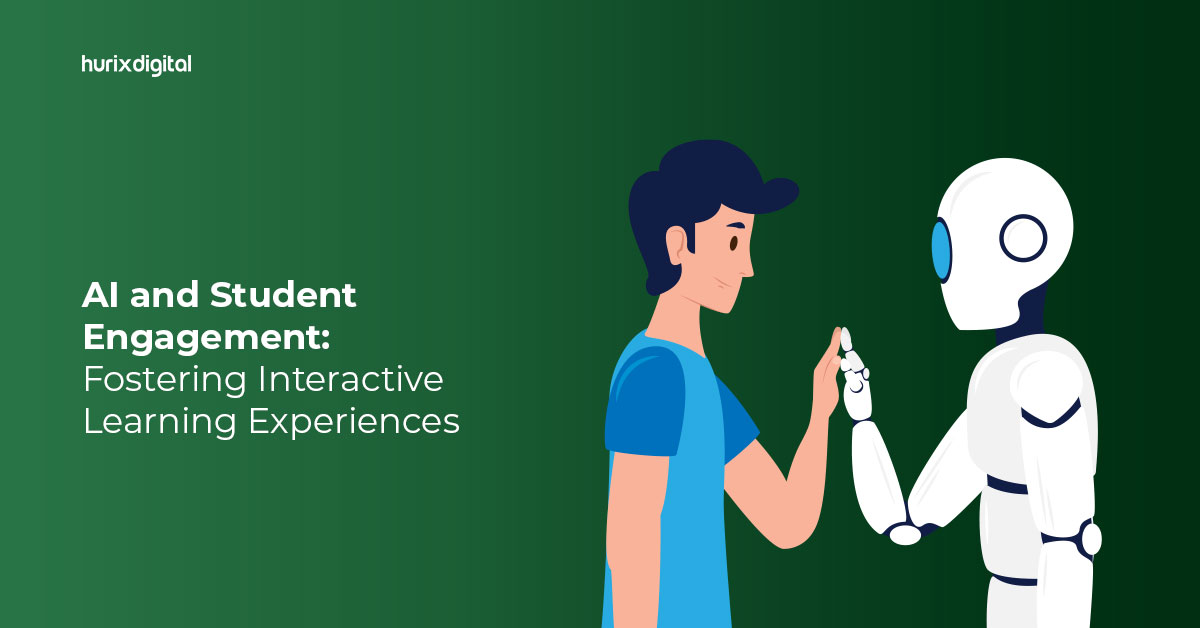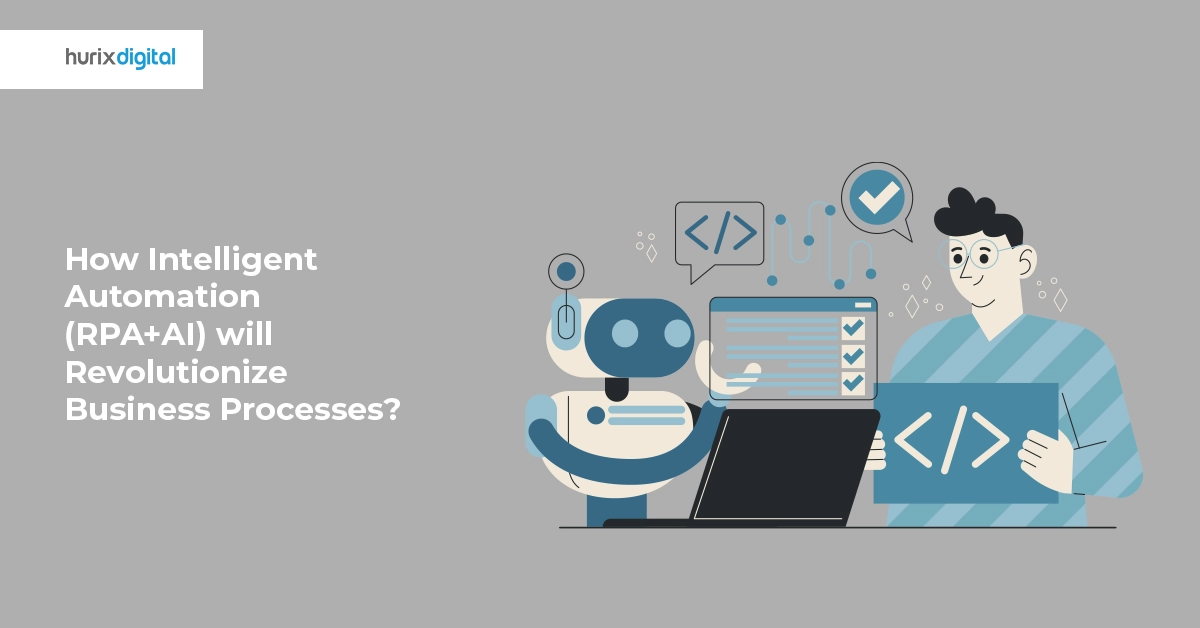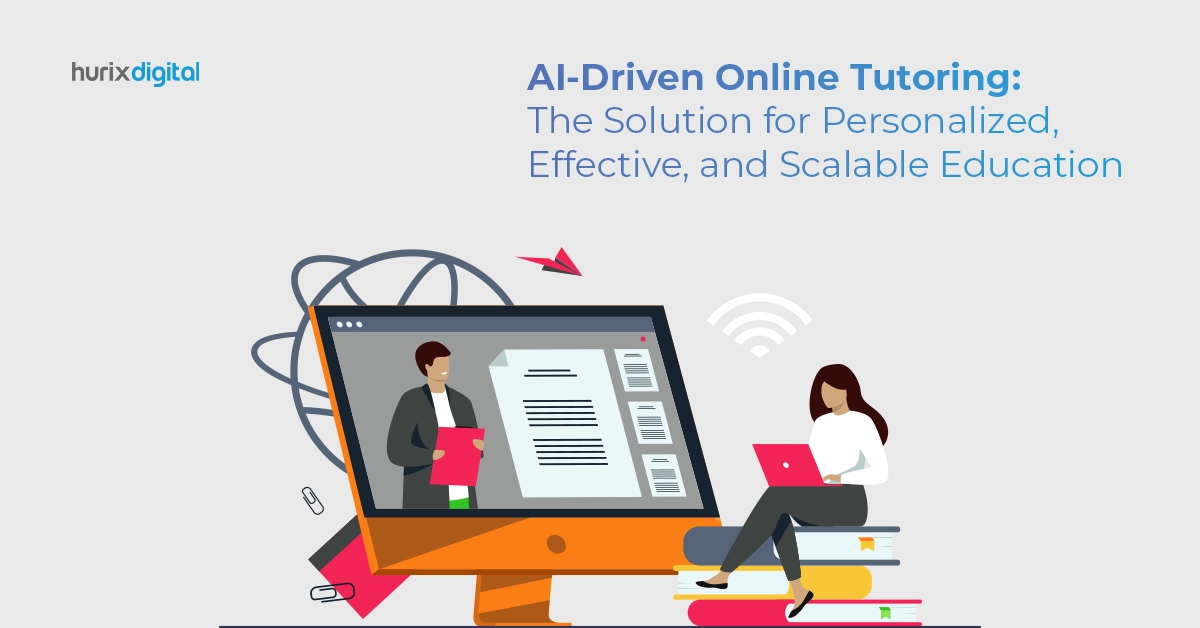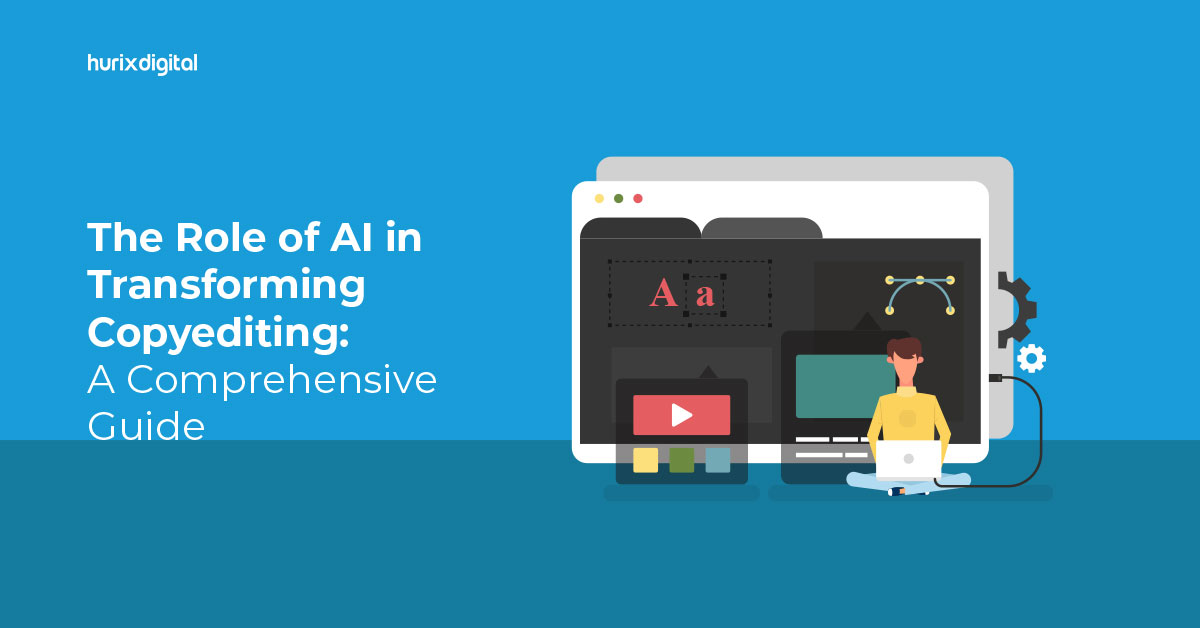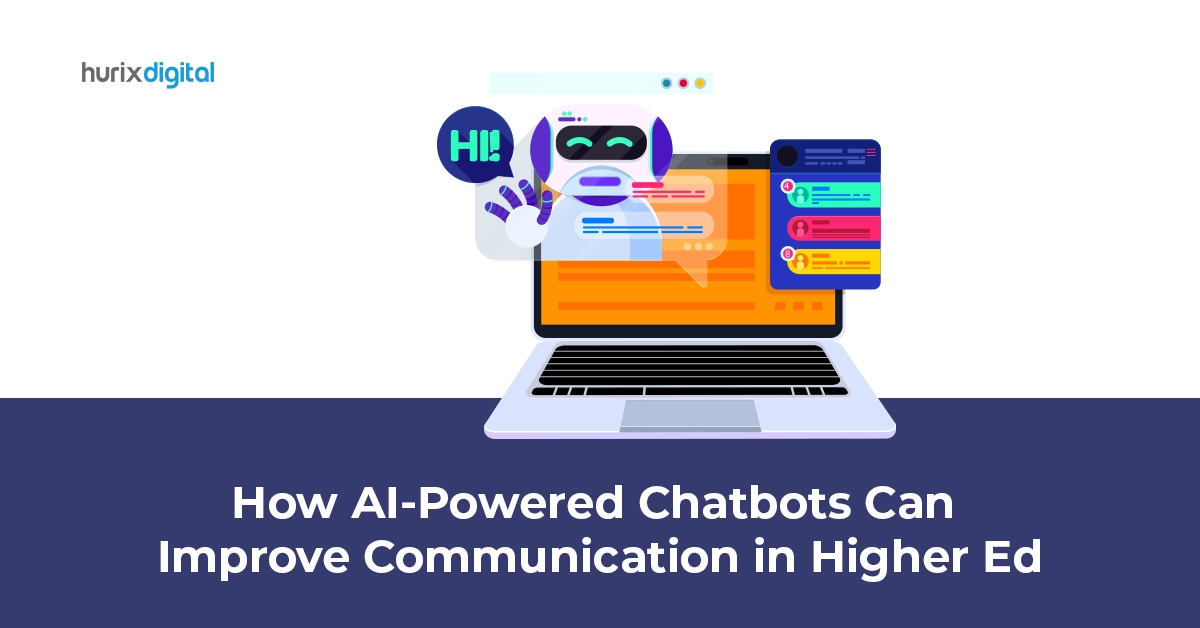
How AI-Powered Chatbots Can Improve Communication in Higher Ed?
Summary
Understand how AI-powered chatbots can enhance communication in higher education by providing timely support, answering queries, and streamlining administrative tasks.
The blow-up artificial intelligence (AI) in recent years has transformed many industries, including healthcare, telecom, BFSI, and higher education is no exception. One of the major advancements in this sector is the integration of AI-powered chatbots to enhance communication.
These intelligent chatbots are proving to be invaluable tools for streamlining communication processes in higher education. These chatbots are further improving student engagement and providing a personalized learning experience to learners.
Today’s blog aims to explore the several ways in which AI-powered chatbots are improving communication in higher education and improving learning experiences for students.
Table of Contents:
What are the Top 5 Transformative Roles of AI-powered Chatbots in Higher Education?
A recent study found that a staggering 42% of all respondents recognize AI as a key player in creating a more equitable educational system.
These numbers reflect how AI in higher education is changing how we communicate and access study resources. It is making things more inclusive and responsive than before by helping people easily access information.
Here are the top 5 ways AI-powered tools like chatbots are enhancing communication and transforming higher education experience for students:
1. Offering 24/7 Accessibility and Support
Providing 24/7 accessibility and support is a key advantage of integrating AI-powered chatbots in academia. Unlike traditional communication channels that operate within specified office hours, these chatbots are available round the clock, ensuring that students, faculty, and staff can access information and assistance anytime.
Constant availability of support eliminates the constraints of time zones and benefits students who may have questions or concerns outside regular working hours. Be it a late-night study session, an urgent query about an assignment, or assistance needed during holidays, AI-powered chatbots offer immediate and reliable support.
Furthermore, the instant availability of information through chatbots contributes to faster problem resolution. Students can receive prompt responses to their queries, reducing wait times and ensuring a smoother flow of communication.
This real-time support is instrumental in addressing urgent matters and provides a seamless experience for users seeking assistance.
Also Read: How AI-Powered Chatbots are Revolutionizing Candidate Experience
2. Providing Personalized Guidance for Students
AI in the learning and development process provides personalized guidance for students, tailoring their assistance to individual needs and preferences. By analyzing data from past interactions and understanding the unique profiles of each student, these chatbots can offer targeted advice on a variety of academic and non-academic matters.
Conversational AI in higher ed, like chatbots, can help students choose courses based on their interests, suggest extracurricular activities that align with their goals, and even provide information on career paths.
As a result, the personalized approach provided by educational technology solutions like chatbots creates a more engaging and supportive experience for students, making them feel understood and guided throughout their academic journey.
3. Streamlining Administrative Processes
AI-powered chatbots play a crucial role in streamlining administrative processes within higher education institutions. Traditionally, administrative tasks involve a significant amount of manual work.
However, chatbots automate these routine processes, allowing students to complete tasks more efficiently.
AI-driven student support can guide students through the enrollment process, answer queries about registration requirements, and assist in filling out forms. This saves time for both students and administrative staff and minimizes the likelihood of errors.
Subsequently, the administrative workload is reduced, and resources can be allocated more effectively to address higher-level concerns to make the institution overall more efficient.
4. Enhancing Student Engagement
AI-powered chatbots significantly contribute to enhanced student engagement by introducing interactive elements and creating a sense of involvement in the learning process. These chatbots are designed to go beyond merely providing information; they actively engage students in various ways.
Chatbots powered by artificial intelligence in education can send timely reminders about assignments, exams, and campus events, helping students stay on top of their responsibilities.
Moreover, these chatbots facilitate interactive learning experiences through features like quizzes, polls, and discussion forums. By incorporating gamification elements, chatbots make the learning environment more dynamic and appealing to students.
This encourages active participation and creates a sense of community and collaboration among students.
5. Equipping Institutions with Data for Continuous Improvement
AI-powered chatbots offer a valuable tool for continuous improvement in higher education through the utilization of data analytics.
Each interaction with these chatbots generates a wealth of data that institutions can analyze to gain insights into various aspects of their communication strategies and overall effectiveness. By analyzing the data collected, higher education institutions can identify patterns, trends, and areas that require attention.
Furthermore, institutions can track the most common student queries, pinpoint areas of confusion or dissatisfaction, and understand the effectiveness of different communication channels. This data-driven approach allows institutions to address specific challenges faced by students.
To sum up, AI for student services enables institutions to make informed decisions to enhance communication processes and address specific challenges faced by students. The continuous feedback loop enables institutions to evolve their communication strategies over time.
Also Read: 5 Ways AI Will Impact Higher Education in 2023 and Beyond
Our Two Cents
As we reflect on the significant impact of AI in higher education highlighted throughout this blog, it’s crucial to acknowledge that the journey doesn’t end here. The continuous evolution of technology and the growing sophistication of AI present opportunities for even greater innovation.
Looking ahead, the potential for integrating advanced features such as natural language processing and machine learning promises to further refine the capabilities of chatbots in higher education.
Experience the future of higher education with Hurix Digital’s cutting-edge higher education solutions for competency-based learning. Our advanced technology ensures seamless integration, providing a dynamic and engaging platform for both educators and students.
Transform the way you communicate, educate, and empower your academic community. Contact us today to know more!

Senior Vice President
A Business Development professional with >20 years of experience with strong capability to sell new solutions and develop new markets from scratch. New Market Entry Specialist with experience of working in two of the largest emerging markets – China & India. Also covered other key markets in APAC, US, EU & ME. Exceptional experience of conceptualizing, ideating and selling new learning technologies like VR AR, etc. across multiple industry verticals.
